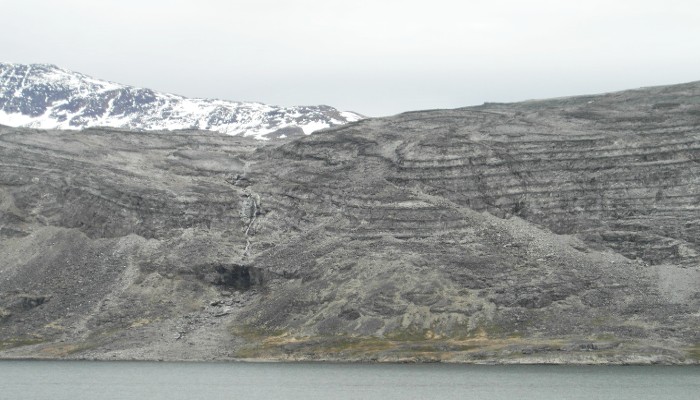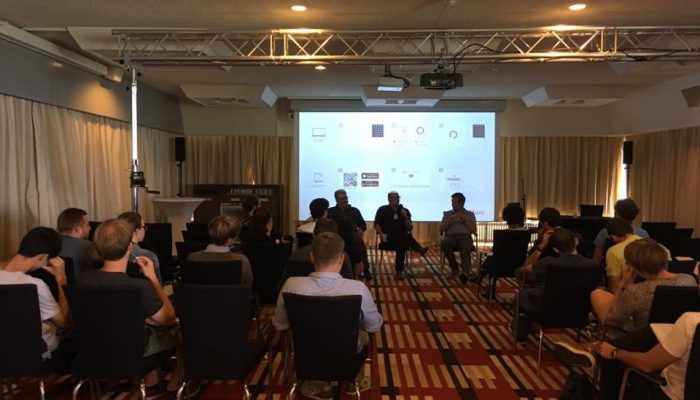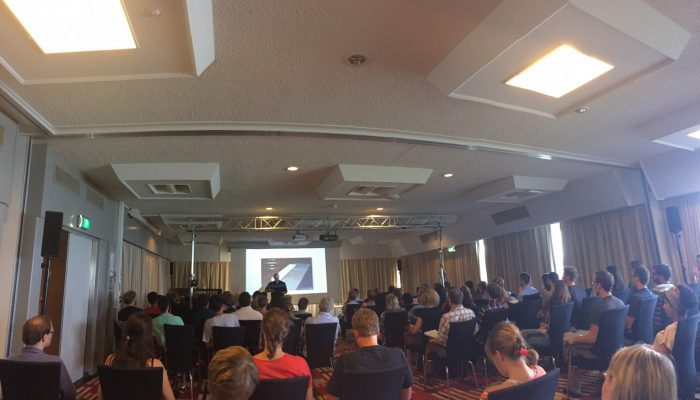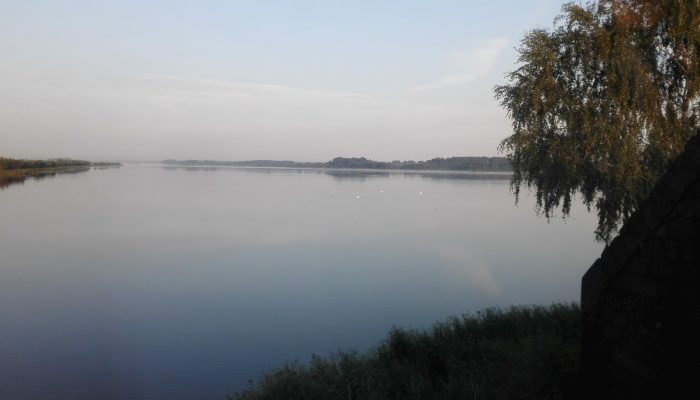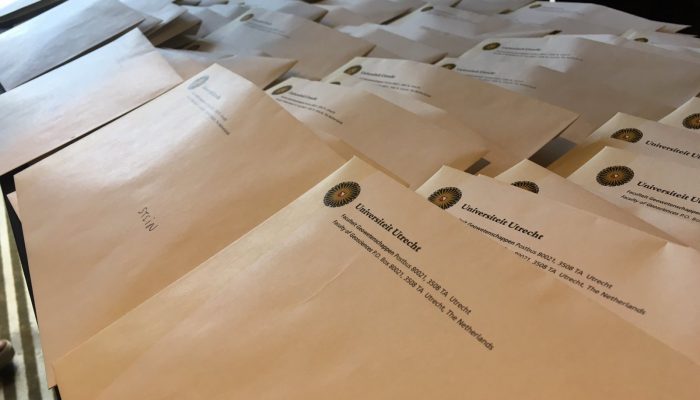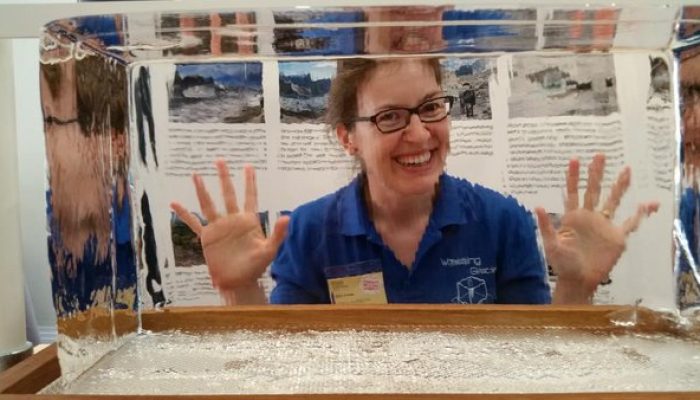Today is the fifth and final day of the XVth International Workshop on Modelling of Mantle and Lithosphere Dynamics, or “Nethermod”, here in Putten, The Netherlands. Despite the overcast conditions outside, the lively scientific program included keynotes by Paul Tackley and Carolina Lithgow-Bertelloni in the morning and Clint Conrad and Louise Kellogg in the afternoon. With over 120 at ...[Read More]
Geochemistry, Mineralogy, Petrology & Volcanology
The Fractional Crystallization Freak Zone
A large majority of igneous rocks on Earth are formed by a process known as fractional crystallization (summarized in the diagram below). To understand this process, start by imagining a large liquid magma (melt) body. As we cool the magma, mineral phases become stable and crystals start to form. The newly formed minerals are likely to have a very different density from the magma causing them to f ...[Read More]
Geodynamics
NetherMod Day 4 – A typical day
Today, Ági Király, postdoc at CEED (Centre for Earth Evolution and Dynamics) at the University of Oslo, Norway, is sharing her experience of NetherMod. After the wine tasting and karaoke party of yesterday evening, this morning’s keynote speakers had quite a difficult job to shake up the sleepy audience. Dave Stegman even dropped in a promise of a free beer for the most awake student (won by René ...[Read More]
Geodynamics
NetherMod Day 3 – Secret Summary
The third day of NetherMod promised to be a great day full of science, until it turned into a great day full of fun activities, such as windsurfing, wine tasting, and karaoke, thanks to the Dutch weather. This meant that only the morning was filled with science, which has already been summarised expertly in our previous post. What then, can this post add, I hear you thinking..? Well, let’s s ...[Read More]
Geodynamics
NetherMod Day 3 – Karaoke fun!
Reporting live from the NetherMod karaoke bar,we summarise our experience with geodynamical karaoke (also see this post on the relationship between the two). Day 3 of NetherMod sizzled in a high of 29 °C, which meant the free afternoon just had to be that day. Of course, the day of the free afternoon had to round up with wine tasting and karaoke after dinner. How convenient that the wine tasting p ...[Read More]
Geodynamics
NetherMod Day 3 – Science & Windsurfing
Let’s keep going with the programme: today’s talks dealt with the following topics: (1) Lower mantle rheology–what do we really know? (2) Modelling plasticity and fractures in porous media: everything goes wrong! (3) Complexities of subduction dynamics. The first keynote talk was on the rheology of the lower mantle, an important part of the Earth. John Hernlund spent his 45 min describing wh ...[Read More]
Geodynamics
NetherMod Day 2 – Secret Summary
The first science day at Nethermod was kicked of by the crust & lithosphere modelling session, followed by the first talk in the methodological advances session. Thibault Duretz discussed how using lithospheric heterogeneities can help to form complex rifting styles without using an explicit strain weakening formulation. Switching to the subduction evolution of the Farallon plate, Claire Curri ...[Read More]
Geodynamics
NetherMod Day 2 – The science starts
Today’s NetherMod update is written by Yue Zhao. She did her MSc at Utrecht University and is now a PhD at Vrije Universiteit Amsterdam. To study the thermal evolution of the Moon, she incorporates high temperature and pressure experimental results from her group into numerical models of lunar mantle convection. After a wonderful ice-breaking evening in the glimmering setting sun over ...[Read More]
Geodynamics
NetherMod Day 1 – Breaking the ice
This week the EGU Blog Team is attending Nethermod, so we will give you daily updates! Nethermod is the XV International Workshop on Numerical Modelling of Mantle and Lithosphere Dynamics. The 2017 workshop is held at a lakeside hotel near Putten, The Netherlands. The meeting is co-sponsored by the Utrecht University, the Oslo University Centre for Earth Evolution and Dynamics (CEED), the European ...[Read More]
Cryospheric Sciences
Image of the week – Getting glaciers noticed!
Public engagement and outreach in science is a big deal right now. In cryospheric science the need to inform the public about our research is vital to enable more people to understand how climate change is affecting water resources and sea level rise globally. There is also no better way to enthuse people about science than to involve them in it. However, bringing the cryosphere to the public is a ...[Read More]


